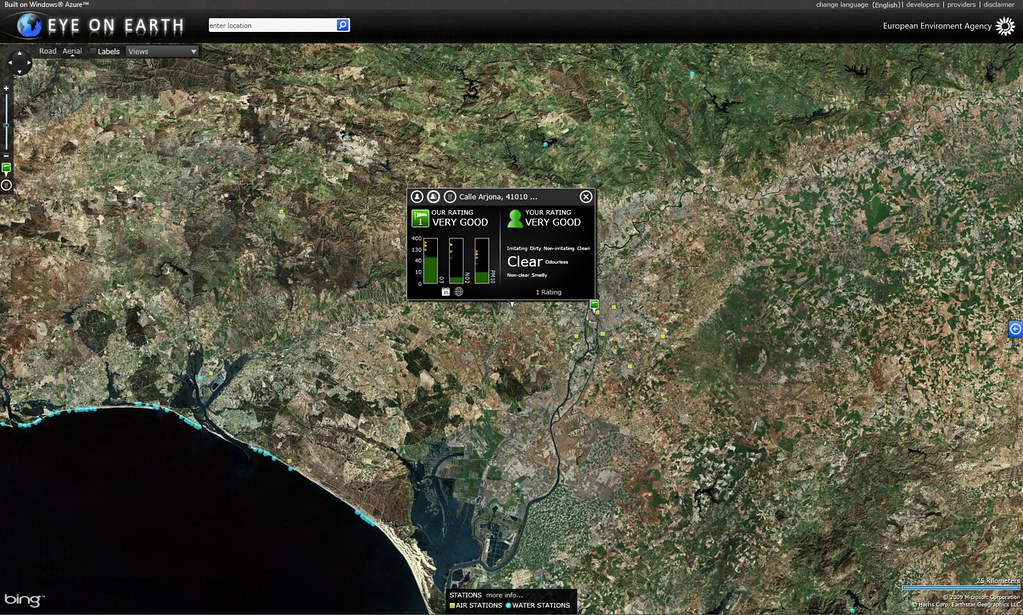SAP’s Sven Denecken posted this video on Google+ yesterday. I took a look at it because it seemed like an interesting hack – using SAP HANA, the Microsoft Kinect and Augmented Reality to make a product called CEO Vision.
Check out the video for yourself. It’s a bit of a let-down to be honest. Can you seriously see any CEO donning a pair of glasses and waving his hands in the air to get extra information while thumbing through a printed report? 3-D Graphs floating in mid-air? It is a little far-fetched, let’s be honest.
If you want to demo the possibilities of something like this, it is better to go for a more realistic scenario. Instead of the goggles, go for something a CEO would be more likely to use like a smartphone with a camera, or even better, an iPad. Then the CEO can properly interact with the data, drill down, and copy paste into an email, for example.
If you do want to go with the goggles option, then look for a more likely scenario where they’d be used (and that’s not in a CEO’s office). Look at, for example, pulling live data from machinery on the factory floor for display on goggles for production managers, or in combination with schematics, for maintenance.
Also, think of engineers looking at large complex structures such as buildings, airplanes or wind turbines – the ability to see schematics and live data coming from these systems, and drill in could save enormous amounts of time and money in downtime prevented, as just one example.
Technology can be a great enabler. Technology for technology’s sake, not so much.


